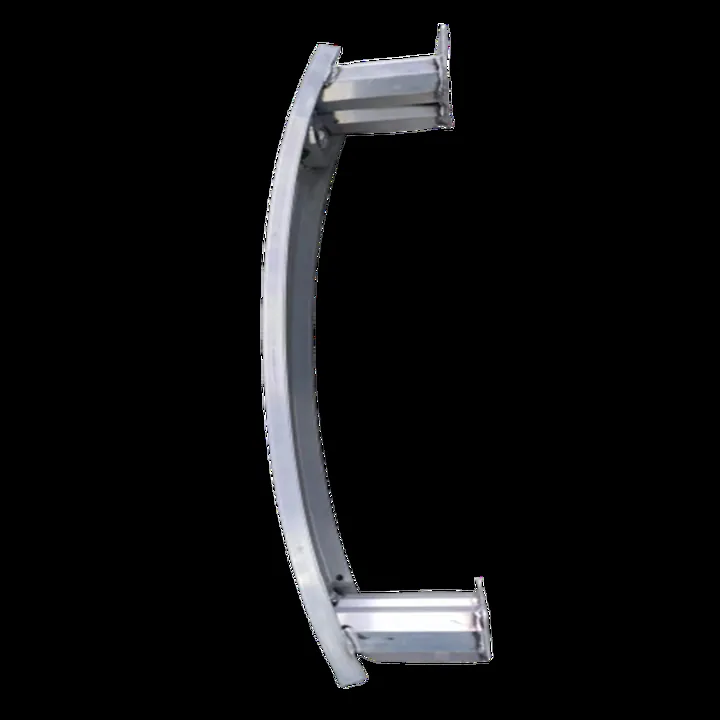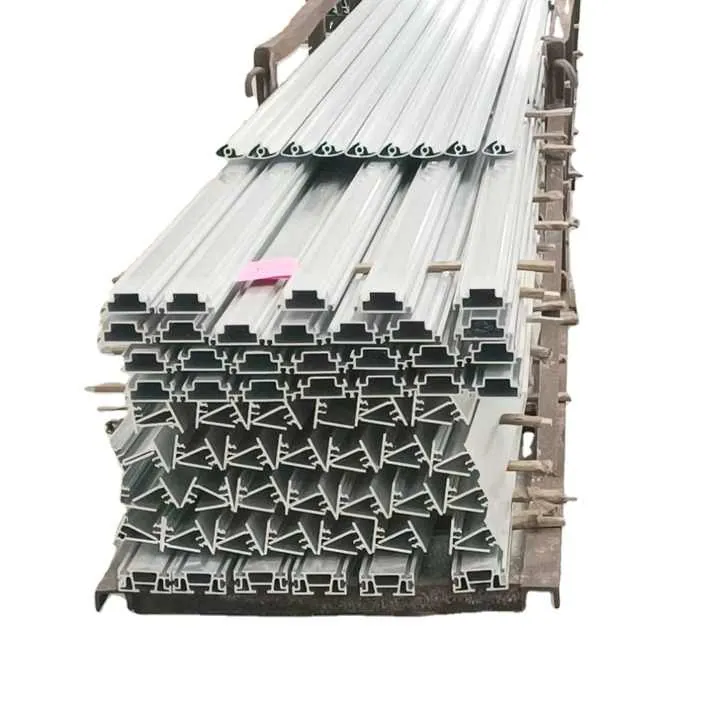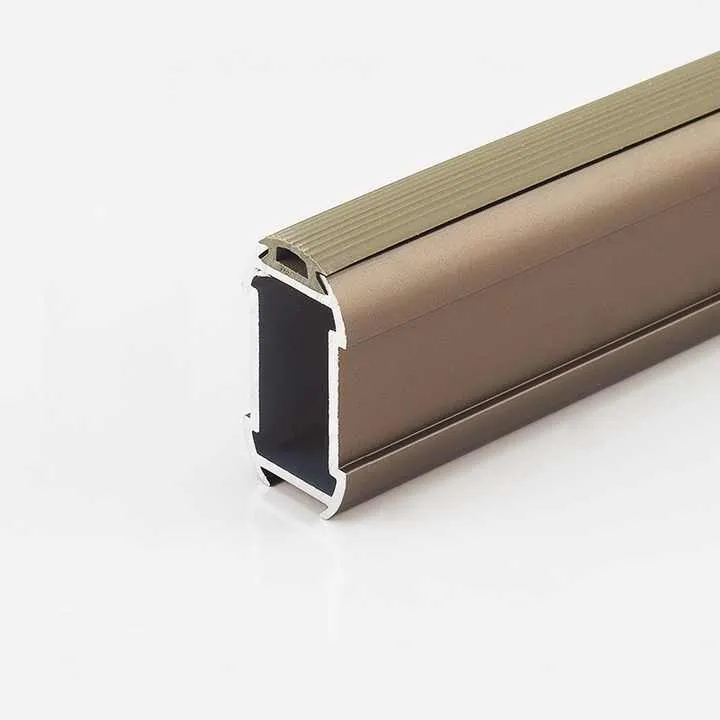7075 Aluminum Vs. 2024 Aluminum: What Are the Strength Differences?

I often see engineers torn between 7075 and 2024. They want parts that stay strong under stress.
7075 offers higher tensile strength, while 2024 gives good fatigue strength with slightly lower maximum load.
Let’s compare these two high-strength alloys and where each shines.
What are the strength differences between 7075 and 2024?
When I first started making aircraft components, I used both alloys in fittings and brackets. They performed differently in stress tests and fatigue cycles.
7075-T6 has higher tensile strength (~572 MPa) than 2024-T3 (~469 MPa). But 2024 has better fatigue resistance under cyclic loading.

Dive deeper: Tensile and Fatigue Strength Comparison
Tensile strength (static load):
- 7075-T6: ~572?MPa
- 2024-T3: ~469?MPa
7075 is clearly stronger in static load tests. It’s often used where maximum load capacity matters.
Yield strength (permanent deformation):
- 7075-T6: ~503?MPa
- 2024-T3: ~324?MPa
That means 7075 resists bending or yielding more.
Fatigue strength (repeated loading):
| Alloy | Tensile Strength (MPa) | Fatigue Endurance Limit (MPa) |
|---|---|---|
| 7075-T6 | ~572 | ~160 |
| 2024-T3 | ~469 | ~200 |
2024 handles cyclic fatigue better, making it preferred for parts under vibration or load cycles.
I once made two brackets: one of 7075 and one of 2024. Under vibration testing, the 2024 bracket lasted longer without cracks even though it carried lighter loads.
Quiz time:
7075-T6 has higher tensile strength than 2024-T3.True
7075-T6 measures around 572?MPa tensile compared to 469?MPa for 2024-T3.
2024-T3 has higher fatigue endurance than 7075-T6.True
Data shows 2024-T3 typically endures more cycles before failure.
Which alloy is better for aerospace parts?
When designing aerospace components, I balanced strength, fatigue, and manufacturability.
2024 is the go-to for fuselage sheets and wing skins due to its fatigue life. 7075 is ideal for highly stressed parts like gears and spars.

Dive deeper: Aerospace use cases
2024-T3:
- Excellent fatigue strength
- Retains toughness at low temperatures
- Used for structural skins, ribs, fittings
- Susceptible to corrosion unless coated or cladded
7075-T6:
- Exceptional static strength
- Used for landing-gear fittings, high-load points
- Fatigue life is lower, but tolerable in short cycles
- Needs good corrosion protection
Example applications:
- Wing skins (2024): long cycles, mild loads, fatigue critical
- Landing gear fittings (7075): high static loads, fewer cycles
I once built two brackets: a 2024 part on the wing skin and a 7075 link on a load path. Both met their structural needs efficiently.
Quiz time:
7075 is preferred for wing skins because of its fatigue life.False
Wing skins need fatigue strength, so 2024 is preferred.
7075 is used in landing gear components due to its high static strength.True
Landing gear demands high strength under heavy loads, suited to 7075.
How does corrosion resistance compare?
I tested both alloys in salt fog and humidity chambers. They behaved differently under exposure.
2024 is more prone to corrosion, while 7075 resists it somewhat better—but both need protective coatings for outdoor or marine use.

Dive deeper: Corrosion behavior and protections
Intrinsic resistance:
- 2024: high copper (~4.4%) → poor corrosion resistance
- 7075: high zinc (~5.6%) → moderate corrosion resistance, but prone to stress corrosion cracking
Protective treatments:
| Alloy | Untreated Corrosion Risk | Common Protection |
|---|---|---|
| 2024 | High | Cladding, Alclad, anodizing, primers |
| 7075 | Moderate | Alodine, hard anodize, sealers |
Environmental durability:
- 2024: needs cladding or heavy coatings. Not suitable bare in humid or salt air.
- 7075: better, but still needs anodizing or sealants to avoid edge stress corrosion.
Real-world case:
I made two fittings, one from each alloy. I left 2024 bare and 7075 anodized. In humid months, 2024 corroded at edges within weeks. The anodized 7075 showed no rust for years.
Quiz time:
2024 alloy resists corrosion better than 7075.False
2024’s copper content makes it more prone to corrosion.
7075 still needs corrosion protection despite better resistance.True
It resists better than 2024, but without coating it still corrodes over time.
Which is easier to machine: 7075 or 2024?
In my CNC shop, machinability mattered. I tested both alloys under the same conditions.
2024 is easier to machine than 7075—less heat build-up and better tool life. But 7075 cuts well and holds tight tolerances too.

Dive deeper: Machining performance and tips
Chip formation and tool wear:
- 2024-T3: softer, forms long chips, easy to cut, good finish
- 7075-T6: harder, chips tend to be short and abrasive, faster tool wear, needs stiff setup
Tolerances and finish:
- Both can hold ±0.01?mm with good tools and coolant
- 2024 often yields smoother finishes due to less hardness
Tapping and thread cutting:
- 2024 taps well
- 7075 needs slower tap speeds and shear-form taps
Milling and drilling tips:
- 2024: 0.3?mm chip load, 250–300?m/min speed
- 7075: 0.2?mm chip load, 200?m/min speed, flood coolant essential
My shop test results:
I ran side-by-side slots in 2024 and 7075. 2024 tools lasted ~200?minutes before dulling ×2 longer than in 7075.
Quiz time:
2024 is harder to machine than 7075.False
2024’s softer composition makes it easier to machine.
7075 causes more tool wear than 2024.True
Its hardness leads to faster tool abrasion.
Conclusion
7075 is stronger in static load and better suited for high-stress components. 2024 offers better fatigue life for repetitive loading. Both need protection against corrosion, and 2024 is easier to machine. Choose based on load type, environment, and machining needs.



